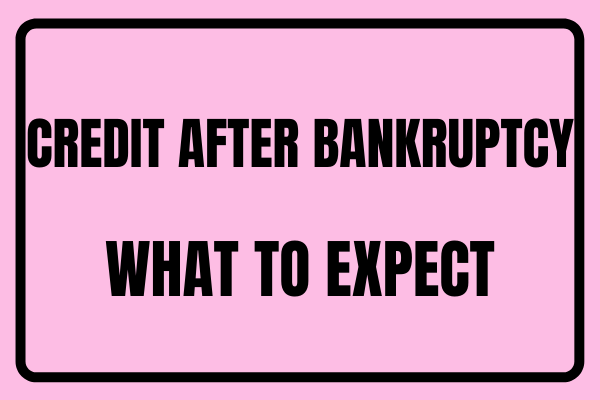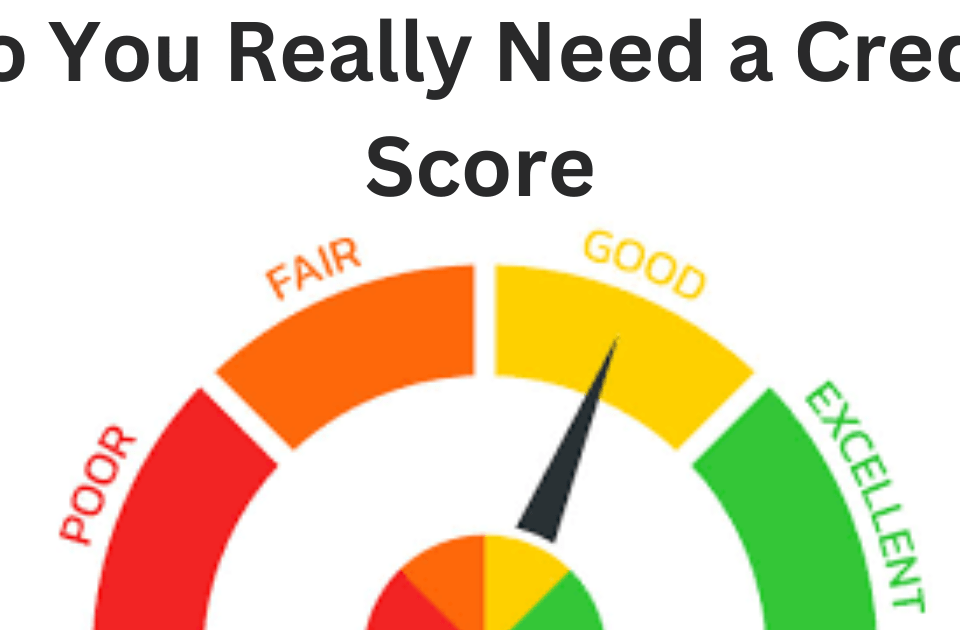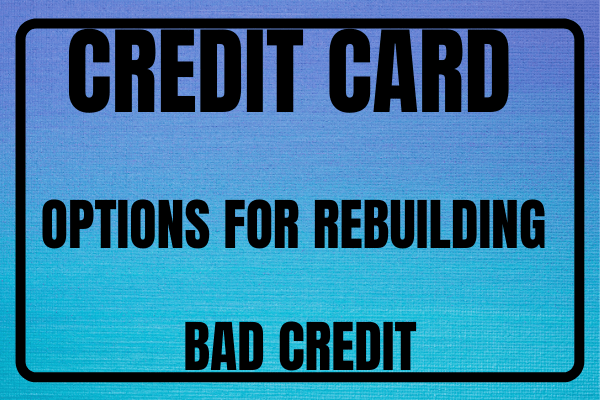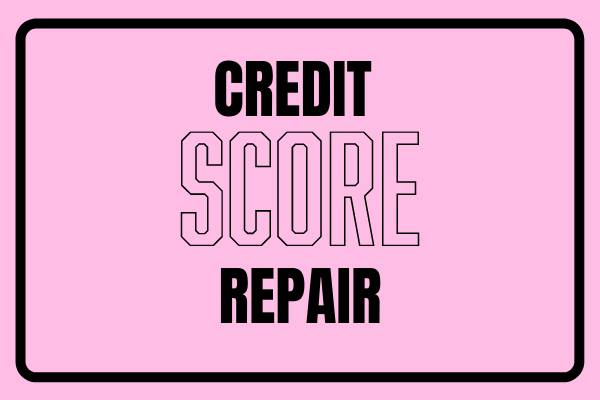Most lenders will not approve any loan, auto or home loan included, until 2-3 years has passed from the discharge of the bankruptcy. This is just a basic rule of thumb for most lenders. If you are seeking a loan sooner than the 2-3 year mark, you will need to apply with a subprime lender (a lender who specializes in loans for people with bad credit). Even with a subprime lender, you may still need to have a down payment in order to get approved for the loan.
Credit Cards and Unsecured Debt Will Be Very Difficult to Obtain – The best way to combat this factor is to start rebuilding your credit. Apply for a credit card with a store that uses in house financing. This means that the same company that sells you the merchandise also finances it for you. These places are usually fairly easy to get approved with. They will usually start you out with a small credit limit like a $3-500 limit. If you make all of your payments on time, they will usually bump your credit limit up about every 6 months.
There are some credit card companies that will charge you a high processing fee, from $30-$200 or more just to have a $300-$400 credit limit. Maybe get just one of these card and make on time payments with this card too. After a while this company will start raising your credit limit as well. After a year or so of on time payments, you should see your credit score going up and you might be able to qualify for a small unsecured loan.
A bankruptcy can stay on your credit report for 7-10 years. However, after 3-4 years, you may start seeing your credit options open up quite a bit, almost as if you had not filed bankruptcy before. It depends, though, on if you make your other monthly payments on time, from the time your bankruptcy is discharged. Here you can learn about the Credit After Bankruptcy – Getting A Mortgage With Seller Financing






